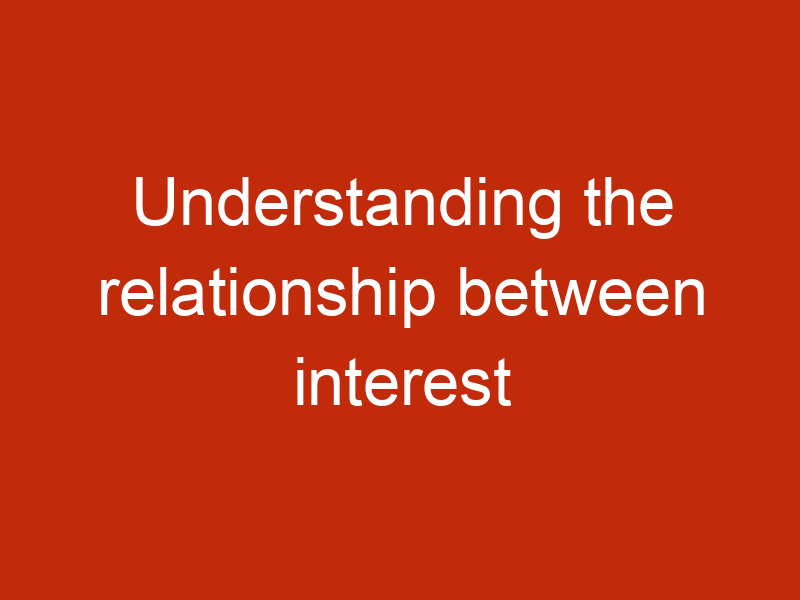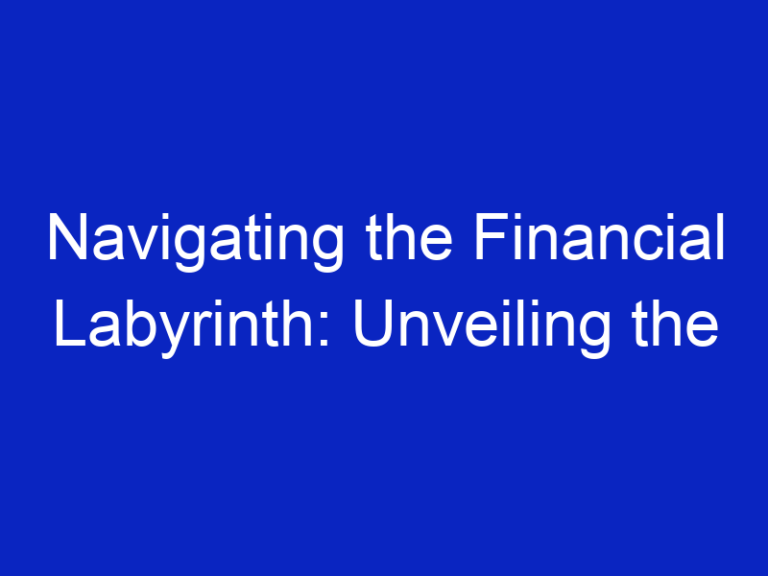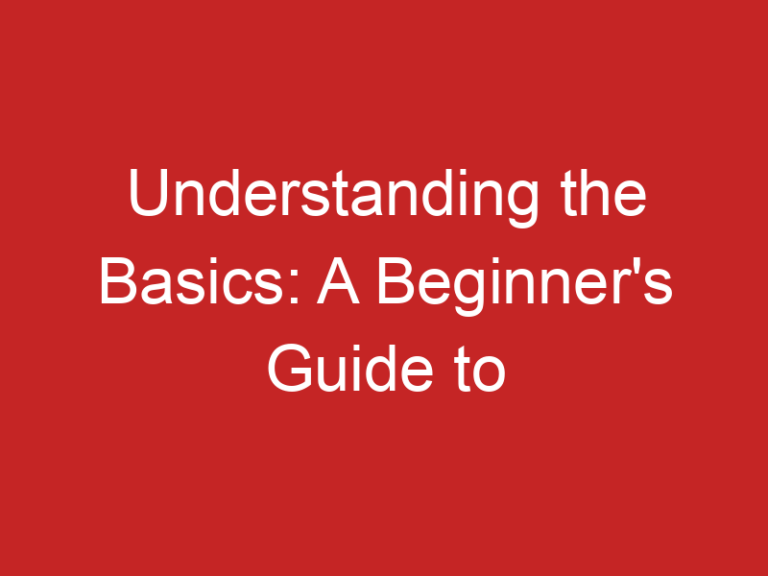Understanding the relationship between interest rates and mortgage refinancing
When it comes to homeownership, one of the most critical factors to consider is the interest rate on your mortgage. The interest rate directly affects your monthly mortgage payment, the overall cost of borrowing, and often determines if refinancing is a viable option. To fully comprehend the dynamics of mortgage refinancing, it is essential to understand the relationship between interest rates and this financial decision.
Mortgage refinancing is the process of replacing your existing home loan with a new one. This can be done to reduce monthly payments, lower the overall cost of borrowing, access cash, or switch to a different loan program. Interest rates play a crucial role in determining the feasibility and benefits of refinancing.
When interest rates decrease, homeowners often consider refinancing as a means to take advantage of lower rates. The primary goal is to secure a new loan with a lower rate than the existing one, thereby reducing monthly payments. For example, if you have a 30-year fixed-rate mortgage at 5% and interest rates drop to 3.5%, refinancing could lead to significant savings.
Lower interest rates not only decrease monthly payments but also reduce the total interest paid over the life of the loan. This can save homeowners thousands of dollars. However, one must consider refinancing costs, including closing costs, appraisals, and potential penalties for paying off the existing mortgage early. It is crucial to assess if the long-term benefits outweigh these upfront expenses.
On the other hand, when interest rates rise, the appeal of refinancing diminishes. Homeowners with existing low-interest rate mortgages may opt to stay with their current loan rather than refinancing with a higher rate. However, some homeowners may still find refinancing beneficial even at a higher rate, particularly if they plan to shorten the loan term or need to access cash from their home’s equity.
Understanding the relationship between interest rates and mortgage refinancing also requires considering the broad economic context. Interest rates are influenced by various factors, including inflation, the state of the economy, and actions taken by the Federal Reserve. Monitoring economic indicators, such as job growth, consumer spending, and inflation rates, can help homeowners gauge the direction interest rates may take.
Financial institutions often have different criteria for refinancing eligibility, so it is essential for homeowners to understand their lender’s guidelines. Typically, lenders assess factors like credit scores, debt-to-income ratios, and loan-to-value ratios when considering refinancing applications.
Homeowners can benefit by keeping an eye on interest rate trends and regularly evaluating their mortgage terms. It is advisable to work with a reputable lender who can provide guidance on refinancing options. Additionally, consulting with a financial professional or mortgage broker can help determine if refinancing is the right move based on individual circumstances and financial goals.
In conclusion, understanding the relationship between interest rates and mortgage refinancing is crucial for homeowners seeking to optimize their mortgage terms. Low interest rates can lead to potential savings and reduced monthly payments, making refinancing an attractive option. Conversely, when interest rates rise, the allure of refinancing diminishes. Monitoring interest rate trends and the overall economic climate can help homeowners make informed decisions about whether to refinance or stick with their current loan.







